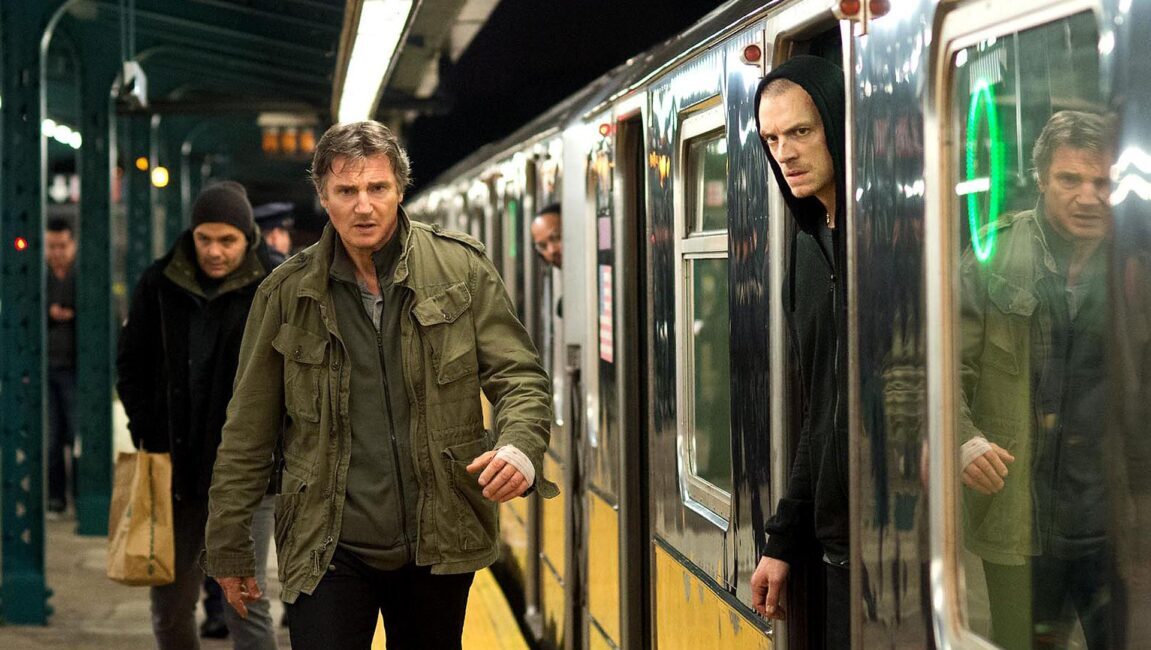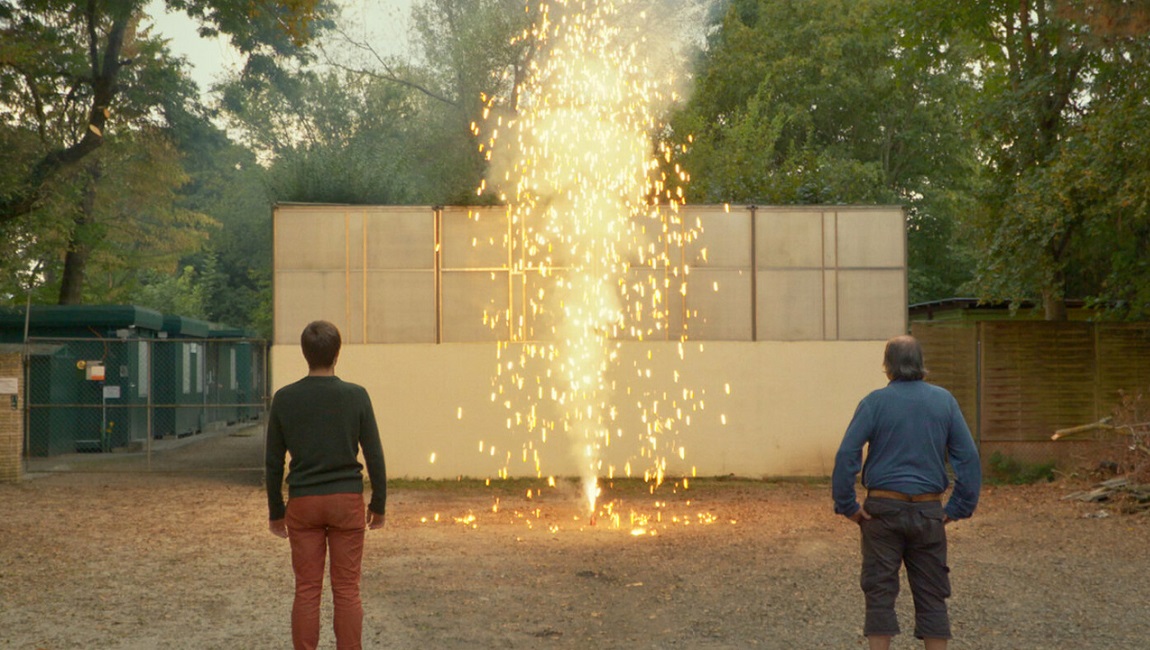Jaume Collet-Serra’s last two films, Unknown and Non-Stop, were both now-patented Liam Neeson thrillers and Hitchcock-ian wrong man transmissions. In the former, Collet-Serra’s patient, often static camera infused its twin cases of mistaken identity and kidnapping with a powerful sense of dread and alienation, even as the plot spiraled into appropriate levels of ridiculousness. Non-Stop shifted the action to a locked-room scenario, with graceful steadicam movement hurtling us through an airplane’s cabin and menacing on-screen text messages surrounding its characters. So there was significant reason to hope the Neeson Ass-Kicking Industry had found its perfect director, a guy with the visual sensibilities to enliven the often bland material. But Run All Night displays almost none of Collet-Serra’s formal playfulness, leaving nothing to offset the crushingly conventional script or its rote “sins-of-the-fathers” themes.
displays almost none of Collet-Serra’s formal playfulness, leaving nothing to offset the crushingly conventional script
Neeson plays an alcoholic ex-mob enforcer (as opposed to the alcoholic air marshal of Non-Stop or the alcoholic ex-cop of A Walk Among the Tombstones) who must protect his estranged son from Ed Harris, the gang boss he once killed for and to whom he remains loyal despite a massive guilt complex. Aside from a lovely set of CG-assisted establishing scene-transitions that fly across New York City, Panic Room-style, linking disparate characters instantly, Collet-Serra’s direction is as routine as the script he’s stuck with. Where a nighttime urban car chase in Unknown occasioned slow-motion and seamless match-cutting to keep geography and screen-direction at a premium, the exact same scenario in Run All Night is a handheld, over-cut mess, at one point using what feels like ten or more cuts in the space of three seconds or so to show us a car rolling over. Where Non-Stop managed to make chaos in a single cramped space into an elegant exercise in obscured sight-lines and fluid long takes, a siege in a housing project is all jumbled close-ups of faces and feet and flashing lights in interchangeable hallways and stairwells. It’s uncharacteristically generic and lifeless, a huge disappointment from a filmmaker who has previously managed to make what would otherwise be cookie-cutter action films into something distinctive and worthy of anticipation.








No Comments